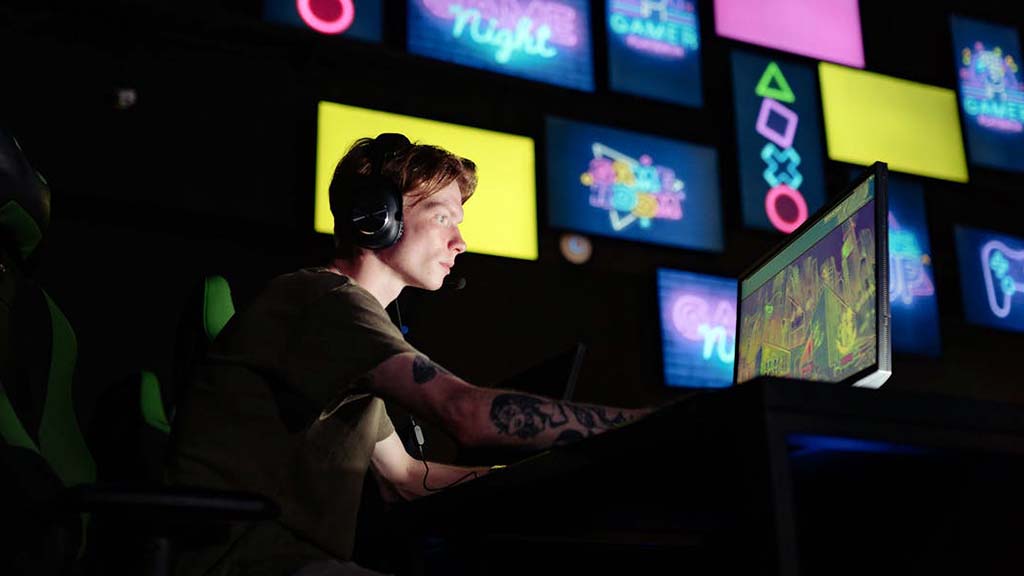It’s fair to say that back in 2007, the video game industry hadn’t quite matured to the extent that we know it today. These were very different days, and a world away from modern gaming, as the graphics systems available to the average consumer were a lot less powerful. Then, Crysis was released. Crysis and its notoriously high demands of the consoles that processed it generated a meme in the gaming world that has perpetuated for over ten years – seriously. The simple phrase “But can it run Crysis” has become shorthand for a game that looked incredible, but demanded a huge amount of the PCs trying to run it.

2007 was a significant year for gaming franchises we still love today. Halo 3, Bioshock, Portal, and COD 4 were released. They won vast swathes of fans over because of deep storylines, clever structure, and burgeoning co-play options. What Crysis intended to do was blow everything out of the water in terms of visuals.
This is no exaggeration, it wasn’t really practically possible to run Crysis on its maximum graphic settings for years. The graphical systems called “shaders” are used to generate graphics – and Crysis allegedly contained 85,000 or more, which was an insane amount for a game coming out in 2007.
Actually employing all those programs produced a gorgeous game, with reactive, dynamic lighting and living, breathing environments – but its unplayability at its highest setting became more of a collective joke than a testament to the development team’s vision.
More Than Graphics
Crysis didn’t flop by any means. It’s just that gamers would have poorer experiences as their systems struggled to run the game. Gamers would essentially have abysmal frame rates to try to experience the highest graphic quality on the market.
With the release of Crysis and eventually Crysis 2, a new reality set in and speaks to how games as a product have shaped around user wants. Rather than seeing the fine details of an exploding building, gamers wanted more substance and interactivity. That included more believable AIs, more expansive sandbox-style games, and a better facility for co-play – we don’t mind if it looks cartoonish, either.

Deeper Stories, Better Games
A few very noteworthy titles speak to this trend, including Minecraft and Fortnite in the early 2010s and the infallible popularity of both the Super Mario Bros. and Pokemon series – the gaming consumer’s profile has evolved against expectations.
The way franchises are reimagining games is all about the above, rather than a focus on graphics. Resident Evil 7 runs on most operating systems but its first-person perspective and storyline set it apart for users as it redefined the franchise in the first-person view. Equally, the RE Engine – the game engine Resident Evil 7 runs on, scales on almost level meaning most gamers can play it on their PC without issue. Outside of this, there are also MMO strategy games like Vikings: War of Clans, which also take a broader approach to graphics, by ensuring any PC game runs the game. This is common in war games, as many titles embrace the nostalgic, old-school gameplay that makes these games timeless.
We want products that make us think, challenge our skills, and pit us against each other in level-playing fields. The bumpy development journey of Cyberpunk 2077 spoke to the importance of an intelligent feeling and comprehensive world over making something look nice. It’s taken CD Projekt Red to get that game into an acceptable state.
Crysis is still, genuinely, one of the best-looking games on PC you can buy – 15 years later! Crytek’s (the developers of Crysis) latest original release was Hunt: Showdown back in 2019, which is still visually attractive. Even the original trailblazers of graphic advancement have heard the message from consumers: don’t judge book by their covers – nor games on their graphics!







